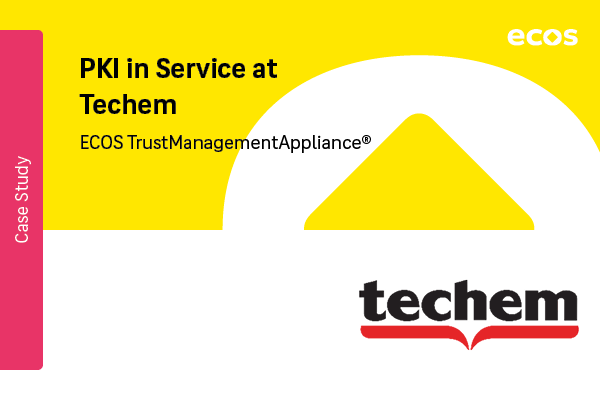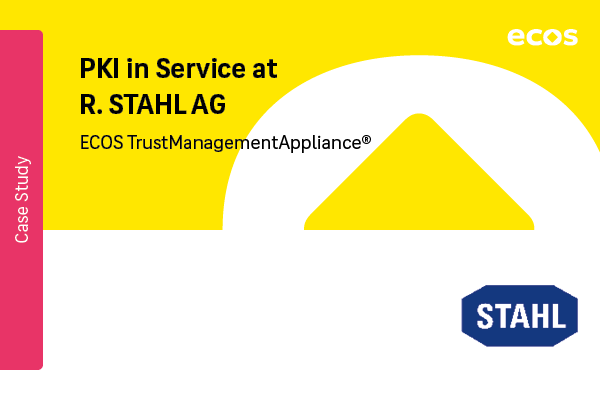Decentralized production environments with limited network capacity
In modern production environments, connectivity cannot always be guaranteed. Contract manufacturers, globally distributed sites or network-sensitive production lines often operate under limited or unstable network conditions.
The ECOS TrustManagementAppliance Edge Gateway (TMA Edge) was developed precisely for these scenarios. It delivers local PKI functionality directly at the production site – ensuring secure, automated certificate management even when no permanent internet connection is available.
The result: maximum security, high availability and simple operation, even in decentralized production networks.
The TMA Edge Gateway operates as a local PKI instance within the production environment:
- Issues device certificates directly as part of the the production process (e.g. during flash or end-of-line testing).
- Validates and enforces PKI policies locally.
- Automatically distributes certificates to machines, controllers, gateways and IoT modules.
- Synchronizes securely with the central TMA or Root CA whenever a connection is available – ensuring consistent, trusted identities across your entire ecosystem.
- Offline capability & high availability – designed for industrial environments
- Automated certificate management – issuance, renewal and policy validation along production lines
- Comprehensive protocol support – OPC UA/GDS, MQTT/HTTPS/TLS, SCEP, EST, ACME, CMP, REST API
- Flexible deployment – as a standalone appliance, virtual machine or app on edge gateways from leading manufacturers




